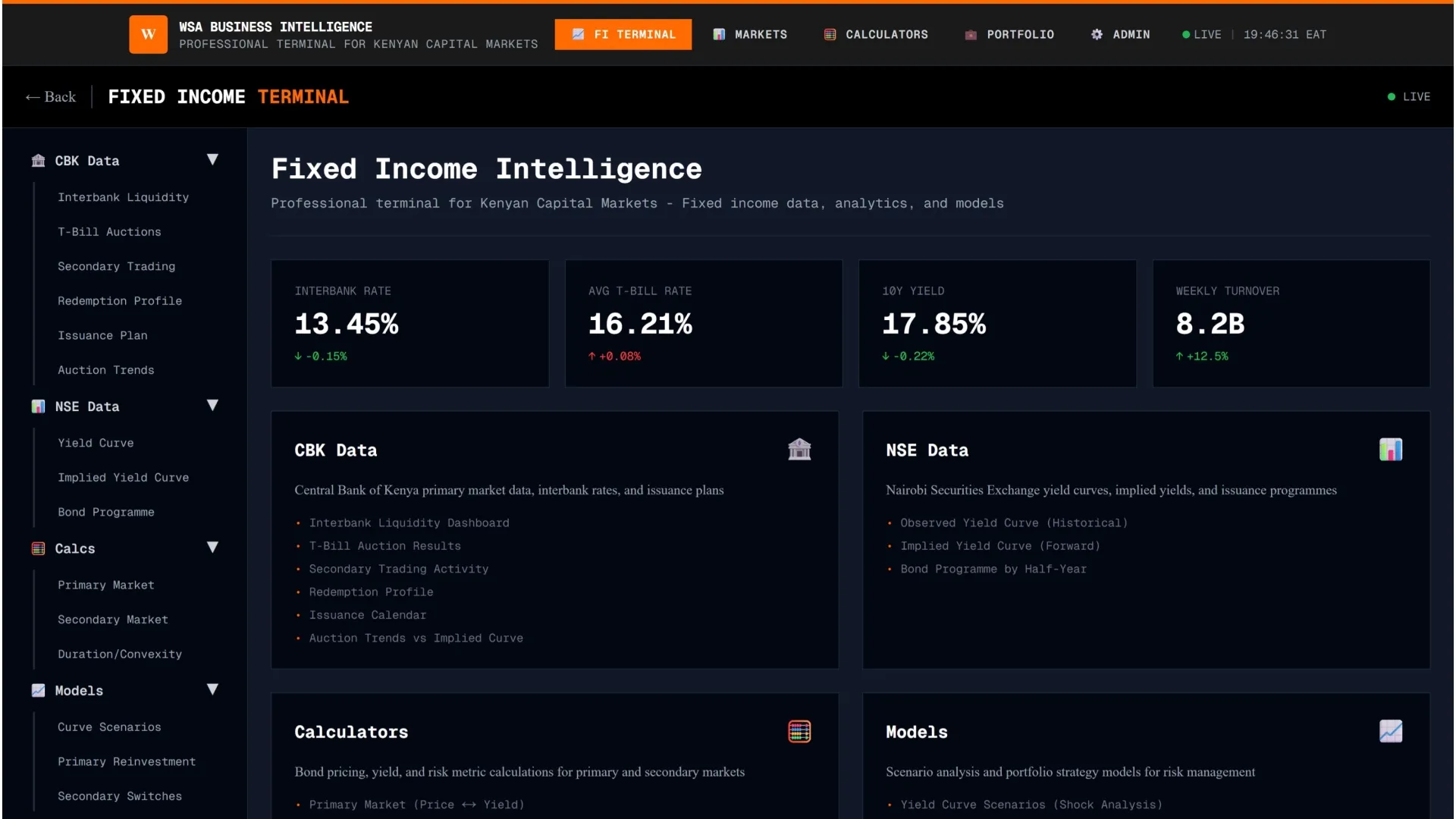The Kenyan Shilling has weakened to a near 4-month low against the US dollar as demand for the foreign currency increased in the past week.
- •The Central Bank of Kenya (CBK) quoted the shilling at 129.6754 on Friday last week, a 0.1% decrease from 129.5794 quoted a week earlier as dollar demand outweighed its supply in the domestic market.
- •The shilling has depreciated by 0.4% since President Trump’s re-election on 6th November, following a dollar rebound globally.
- •The dollar index (DXY), which tracks the strength of the US dollar against a basket of currencies, closed last week at 105.7 – its lowest in 2 weeks in a pullback.
“Demand is still surpassing supply. That’s partly attributed to the end-of-month demand that we normally see,” a trader at a commercial bank told Reuters.
The Kenyan shilling has however maintained stability, still ranking among the best performing currencies in the world, with an year-to-date gain of 17.1%. The stability was buoyed by the high dollar inflows streaming in from agricultural exports and the growing remittances from Kenyans living and working abroad.
Kenya’s forex reserves have been increasing steadily, closing the previous week at US$9 billion, enough to cover 4.6 months of imports. The current reserves fall above the 4 months statutory requirement and above the EAC’s convergence requirement of 4.5 months of import cover.
As soon as it became apparent that Trump had won the US elections, the greenback shot up against major currencies, mimicking a trend witnessed days after the 2016 elections when Trump won.
Trump’s incoming administration seeks to impose higher trade tariffs and tighten immigration conditions, likely to prompt inflation – which has been easing towards Fed targets – potentially slowing the Federal Reserve’s efforts to cut interest rates. Higher tariffs will depress US demand for foreign goods and services hence reducing the trade deficit in turn fueling inflation.




